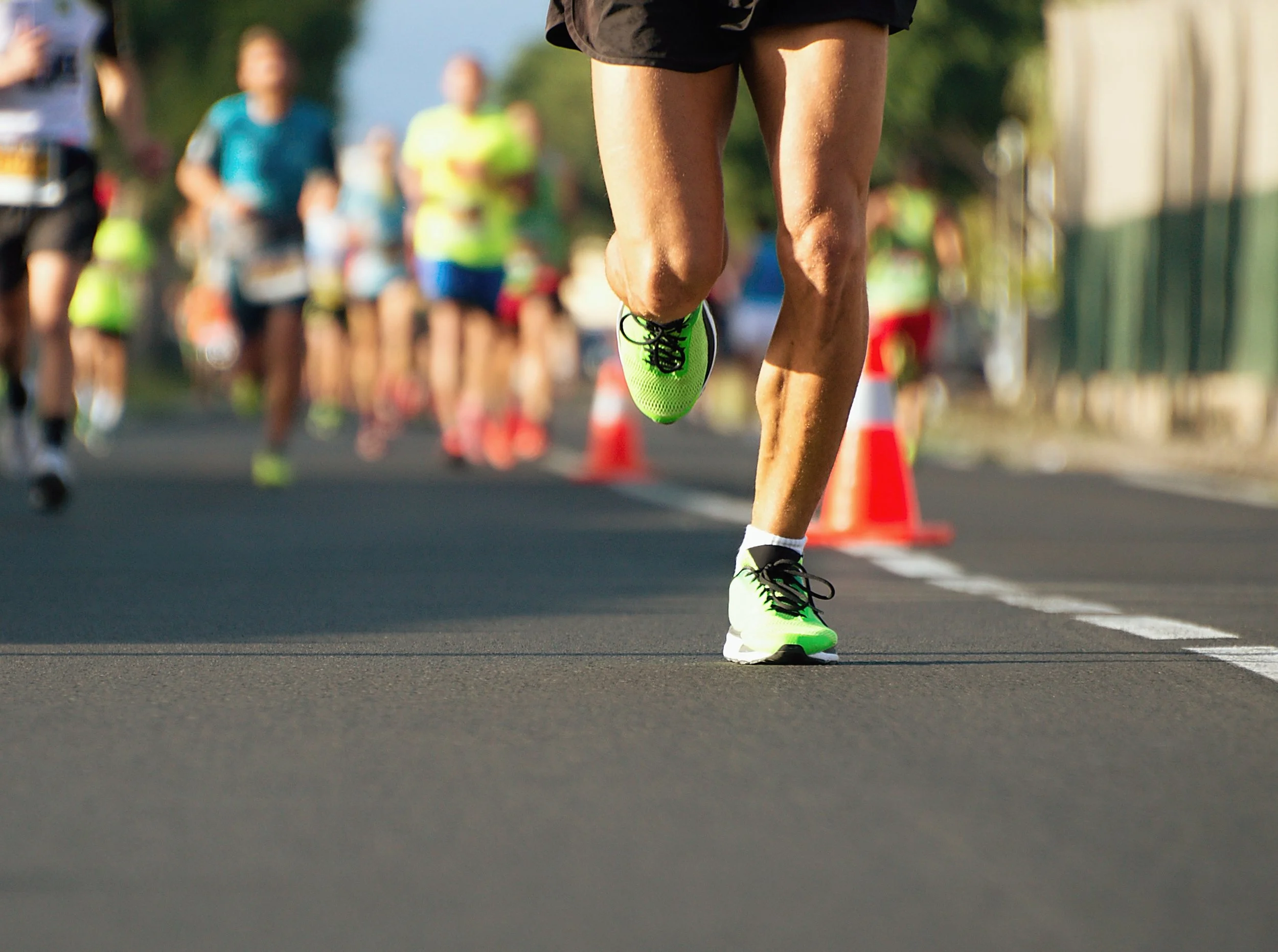Recovery May Be Your Most Valuable Session Of The Week
It does not matter whether you are building a fitness habit, training for a specific event, or trying to set a personal best in a marathon, half marathon, or any triathlon event. Recovery sessions should be considered crucial in the overall plan.
The major problem is where do you incorporate that recovery or when do you decide you need a recovery day. Coaches and athletes use several factors when deciding when it’s time to recover. HRV, resting AM heart rate, and overall performance are key indicators.
Heart Rate Variability or HRV is the variation in time between heart beats. This can be detected by smart watches and special rings. HRV is a reflection of your sympathetic (fight or flight) nervous system and parasympathetic (rest and digest) nervous system. A higher HRV usually indicates a healthy heart, because it reflects the heart's ability to respond quickly to rapid changes. A lower HRV usually indicates fatigue or a less healthy heart. Resting HR or early morning heart rate can also be a signal of fatigue. If the resting heart rate is elevated more than 5-8 beats/minute, then this can indicate fatigue or illness. Performance can also be an indicator of increasing fatigue. If you are not able to hit your pace, your mileage or goals over several workouts, then this is usually a sign of fatigue. The most important method is personal perception. If you notice your workouts are not going well or you just “feel really fatigued”, then take a day or two to recover. Active recovery should include low impact activities such as yoga, swimming, elliptical, or walking.
Rest days can’t always be built into your schedule in a convenient manner. You may not always be the most tired on Monday. I have made many mistakes in training, and this has led to stress fractures and chronic fatigue. I have discovered these recovery days if taken early are remarkable for getting me back on track. As we get older, we must recognize we need more recovery after harder sessions. Stressing the system with hard workouts are super fun, but without recovery you will see no gains. Stress + rest=success.
In my training and with my practice as an orthopedic surgeon, the recovery run DOES NOT EXIST! If you are an elite runner, your stride is perfect, and you land light on your feet, then recovery runs can be effective. This does not pertain to 98% of the population. Recovery run means your legs are fatigued and your muscles are tight and tired. Your stride/gait will not be normal. Because of this tightness and fatigue, all of the force of running impacts the joints and cartilage. When you run, the impact across the knees is 4.5X your body weight. The muscles act as a shock absorber to protect the joints. Hokas or the other softer “squishy” shoes will not save you. This recurrent impact leads to articular cartilage damage or arthritis. This continued impact shortens your running career.
Every person who is trying to stay fit needs a red flag that signals the need for recovery. Individual perception is the most important indicator. Have the courage to listen to your body and take a rest day. Unless you have set the Olympic standard for the marathon, use low impact yoga, cycling, stretching, elliptical, swimming or even couch time for recovery.
Olympic Standard for 2024
Women: 2:37 for marathon; 1:12 for half
Men: 2:18 for men; 1:03 for half
You will find with adequate recovery, you can usually return with impactful workouts. Without adequate recovery, you will be chronically fatigued, underperforming, or injured.
